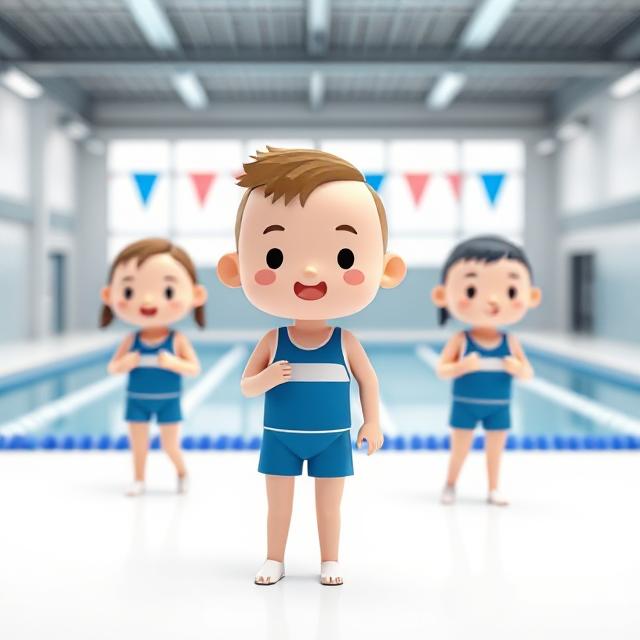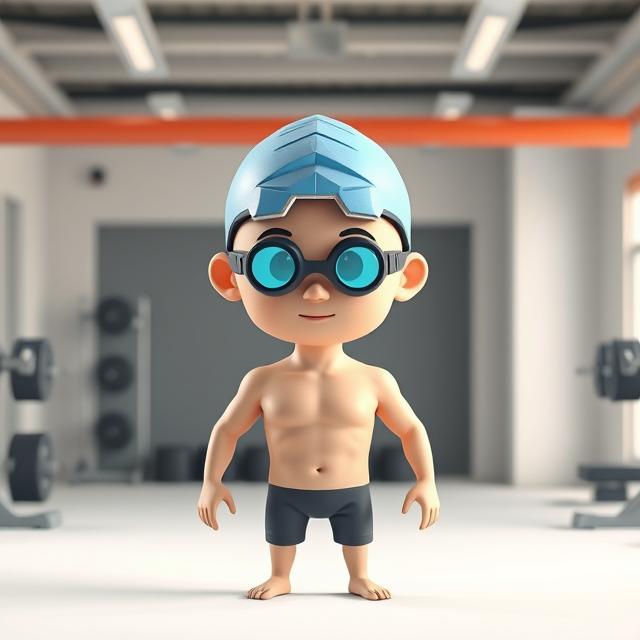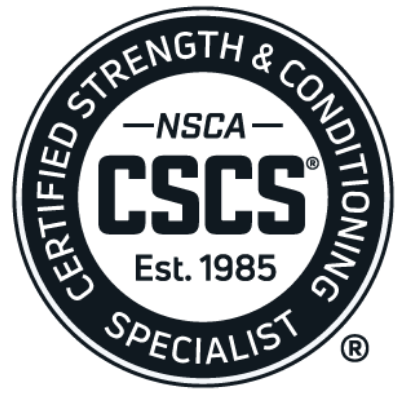
Running dryland for a big group of swimmers is a juggling act. With limited time, limited space, and athletes who are mostly built for the pool. The goal isn’t to chase big lifts but to build durable, coordinated swimmers who can move better and transfer that strength back to the water.
In this example, we’ll pretend dealing with 30 athletes, in-season. With that many athletes, two sessions a week, and one coach, organization is the real key. The training has to move fast without feeling rushed. Everything from the warmup to the setup at each station is designed to keep flow and focus while teaching good habits under some structure, guaranteeing safety above all else.
The main focus points for this block are defined to keep them efficient in the water as much as possible:
- Shoulder prehab and stability: keeping the joint healthy through the season.
- Core stability and control: improving posture and force transfer in the water.
- Hip drive and coordination: helping with kicks and turns.
Each session starts with quick power and agility work to kickstart the nervous system, and work from the streamline position. After that, athletes rotate through four stations built around complementary supersets paired for balance and equipment flow. One group works, the others rest for a predefined minimum amount of time, and everyone has water breaks built in.
This setup works great for in-season training. It keeps the athletes strong and sharp without burning them out. The loading is light and progressive, more about movement quality and rhythm than fatigue. Once they get used to the format, the whole session runs tight and efficient.
Once everybody is on the same page, we start scaling up intensity and technique through the next weeks, while keeping it reasonable to respect their time in the water. To prevent boredom, we switch things around once in a while through bounties, exercise alternatives, and responsibilities attributions. With pedagogy and emphasis on technique , they will be better swimmers and get that dry land experience that will put them ahead in college programs.




